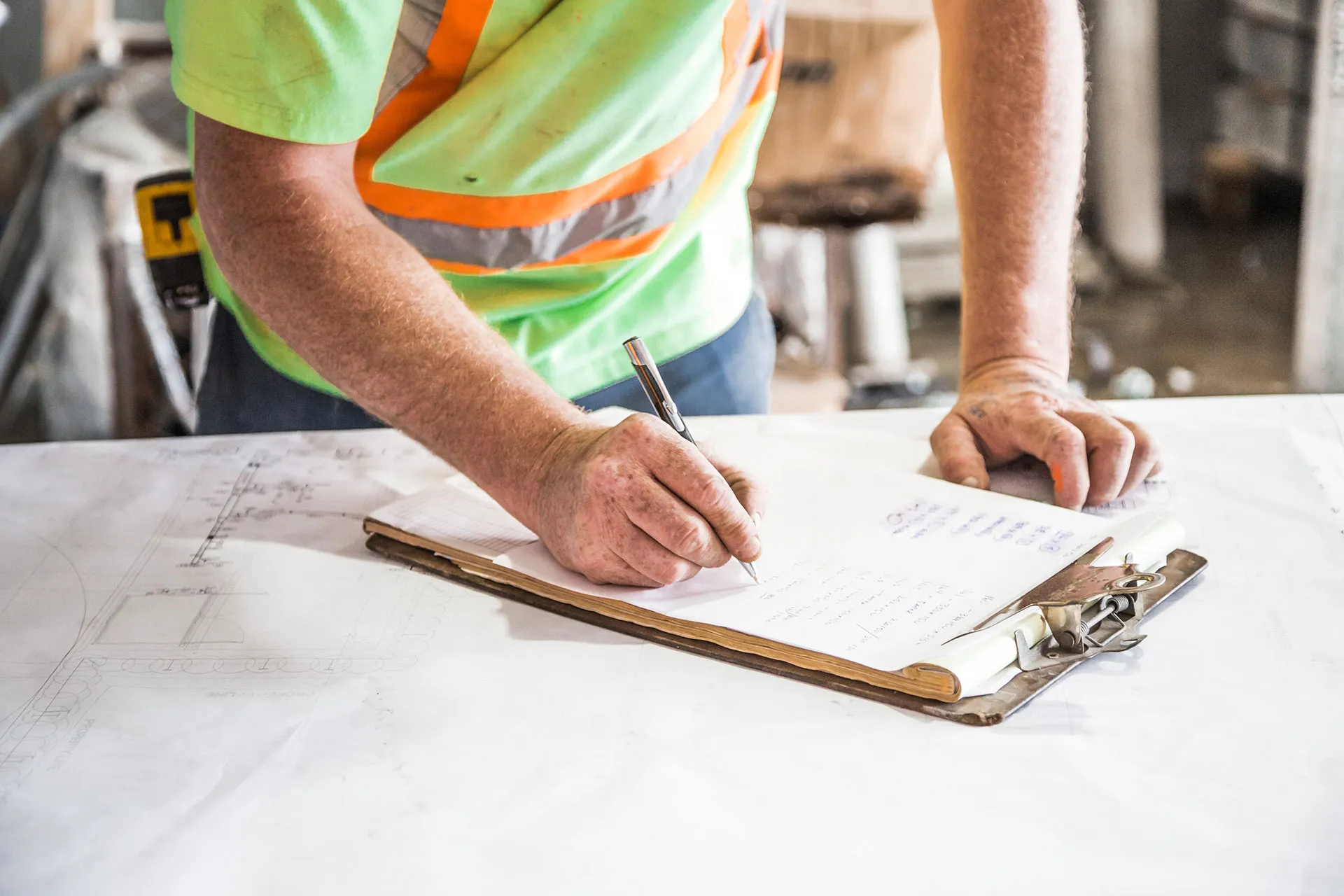Why is a SWMS important?
A Safe Work Method Statement is important for two reasons:
It keeps you, your workers, and other workers safe on site.
The main purpose of a SWMS is to make sure that all people involved with a high risk construction activity:
- Have a full understanding of the risks involved with that activity
- Put in place the risk controls (outlined in the SWMS), to reduce the risk in undertaking the work as much as possible
It keeps your business out of trouble!
The business reality is this: regardless of how safe your crew is on-site, regardless of how experienced they are, at some point in your businesses lifetime it will be involved in a worksite incident.
If you don’t have a SWMS for your high risk activity your business will be fined, and you’ll attract the sort of reputation that is bad for business! Safety is serious and it’s everyone’s responsibility.
What is in a SWMS?
A SWMS needs to contain the following:
- The work involved
- The hazards and risks identified with this work
- The control measures to put in place, including how they will be implemented, monitored and reviewed
There are other things you could add (a specific site risk assessment for example), but it’s important to remember the purpose of the SWMS. It’s to keep people safe. The best way to do that is to keep the SWMS trimmed down to the things that really matter; what is the work, what are the risks, what are the controls.
How should I structure my SWMS?
Safe Work Australia give the following advice on how to structure your SWMS:
“A SWMS should be short and focus on describing the specific hazards identified for the high risk construction work to be undertaken and the control measures to be put in place so the work is carried out safely. A lengthy, overly detailed SWMS can be difficult to understand, apply at the workplace, monitor or review.
A SWMS must be easily understood by workers, including those from non-English speaking backgrounds. For example, pictures or diagrams may be a more effective way of communicating information.
While there are other legislative requirements to ensure health and safety—for example to control exposure to noise and manual task hazards—these hazards and risk controls do not need to be included in a SWMS.”
Can I use a generic SWMS?
Well YES!, kind of. Every SWMS still needs to be specific to the activity on the job you are working, but you can start with a generic template or multiple templates for specific activities.
From there you can grab your template and customise the SWMS to match your on-site reality.
IMPORTANT NOTE: The SWMS needs to be reviewed and revised for each new activity that is started on the job site.
Do workers need to sign the SWMS?
Yes, to make sure your SWMS is compliant, all workers involved in the high risk activity need to sign-off on the SWMS.
Once my SWMS is signed off, do I need to do anything else?
Yes! As part of your SWMS, you specify a Task Observation interval, and you need to observe adherence to the SWMS at the interval you have specified. You also need to keep records of these Task Observations on file.
Where should I keep my SWMS?
A SWMS should be kept on-site where the high risk activity is being carried out. If this is not possible then it should be kept at a location where is can be delivered to site quickly.
You should also keep a copy for yourself as your record of compliance.
How can Subbie Support help?
At Subbie Support Services we can:
- Help you get the right SWMS templates in place
- Set you and your workers up to edit, sign and send a SWMS from site on phone or tablet
- Make sure all your completed SWMS are captured so you can stay compliant
- Make sure every one of your workers has access to relevant SWMS on their smartphone
When we work with you we don’t take a one-size-fits-all approach to SWMS. Some subcontractors only need to implement a SWMS once a month, while others are reviewing theirs every day! One size DOESN’T fit all, and the way we work takes this into account.
The commercial reality is; there are many ways to setup a SWMS system, it’s about picking the “right” way for your business. Click here to book a 15 min call and find out how can we change your SWMS from painful to easy and efficient.

